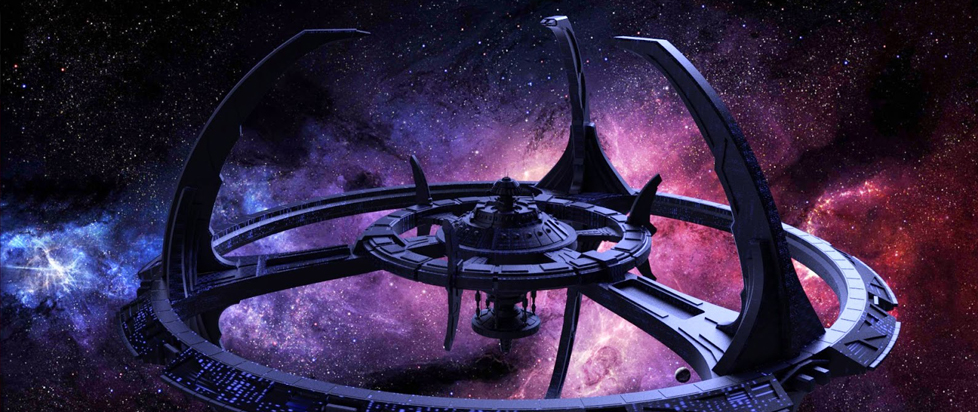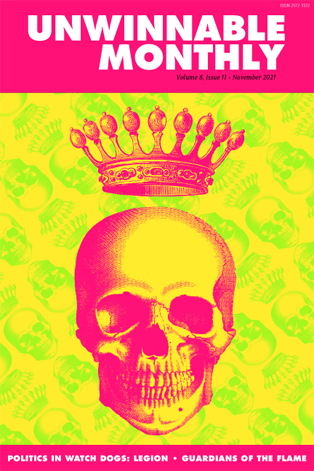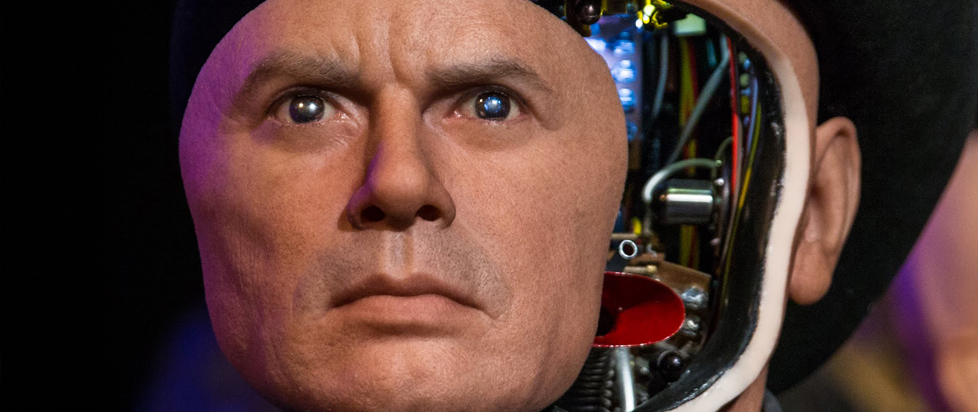
Deep Space Infinity

This column is a reprint from Unwinnable Monthly #145. If you like what you see, grab the magazine for less than ten dollars, or subscribe and get all future magazines for half price.
———
A tongue-in-cheek but also painfully earnest look at pop culture and anything else that deserves to be ridiculed while at the same time regarded with the utmost respect. It is written by Matt Marrone and emailed to Stu Horvath and David Shimomura, who add any typos or factual errors that might appear within.
———
It won’t come as a shock to my faithful reader – hello! what’s your name again? – that I watched a ton of TV during the pandemic.
Still, as I moved swiftly from show to show, some better than others, I kept coming back to one seven-season series to fill in the gaps. It was my background watch – something to switch on, a handful of episodes at a time, when I didn’t want to get too deep into anything, or read subtitles, or when I mostly just wanted to fiddle on my phone with something comforting playing that I could enjoy without having to pay full attention.
That show was Deep Space Nine. It became part of my long-running Twitter feed of Twin Peaks actor cameos on Star Trek. And it’s packed with great characters: I love how much Sisco adores the ancient, long-dead sport of baseball, for example. Later, I developed a crush on Ezri Dax. It also has one of the most remarkable bits of television I saw this year: one in which the characters are inserted into the classic OG Star Trek episode, “The Trouble with Tribbles.” At one point I thought I’d write a column about that here, on the ingenuity of the writing and the way the show runners handled some of the old-school production values. When Worf can’t bear to talk about why the Klingons on the old show don’t look the Klingons of today . . . genius. I also considered diving into the history of Star Trek baseball – particularly the career of the legendary Buck Bokai of the London Kings – or exploring the complicated issues with having the hots for a Trill symbiont host.
I never got around to writing that, and perhaps never will. But I came across something the other night, when I was barely aware of it, that has me typing away today: The Deep Space Nine series finale.
In an hour and a half, Season 7, Episode 25, ends the war against the Dominion and ties up a half-dozen or so other threads before we see Kira and Jake staring through a space station window at the wormhole. The camera pulls away one final time, and that’s it.
The episode is chock full of emotional goodbyes – Kira and Odo, Sisco and Kasidy, O’Brien and Bashir. Happy endings for characters who deserve it – Rom, for example – and tragic endings for characters who deserve those, too. And yet . . . still I fiddled with my damn phone the entire time.
And that’s when it occurred to me. This is likely the finale everyone wanted at the time – I’m not going to go back and read the reviews, but it does what you’d expect it to do. Except now, in 2021, watching on Netflix, my expectations have changed completely. Instead of feeling warm and fuzzy and a little sad, I felt something entirely unexpected: betrayed.
I realized I didn’t care how each character arc ends. What I wanted was something only a pathological binge-watcher would expect: for the show to never end at all.
When you watch hours of TV at a time, each episode starts to feel as if it magically appeared or just always existed. It couldn’t have taken tangible things like money and time and dedication to produce all this content, and so it should just go on forever. Tonight, when I pull out my phone and turn on the TV, there should be another episode of Deep Space Nine waiting for me.
For us gluttonous, spoiled bingers, series finales in the streaming era make no sense. Don’t wrap it up! Don’t try to make us cry or feel any emotion at all! JUST DON’T END THE SHOW. EVER.
Finales are bittersweet when they mark the end of an era. They give you a chance to say goodbye to characters and story lines you’ve been tracking for years. But now, years have become months, or weeks, or even days. There’s simply no reason for ceremony. A show is less an LTR than a one-night stand.
When that last episode concludes, and Netflix sends you back to the Season 1 screen, that’s really all the catharsis you need.
And then? It’s time to switch over to Amazon Prime and start Voyager.
———
Matt Marrone is a senior MLB editor at ESPN.com. He has been Unwinnable’s reigning Rookie of the Year since 2011. You can follow him on Twitter @thebigm.




